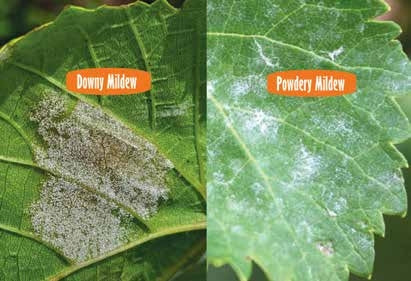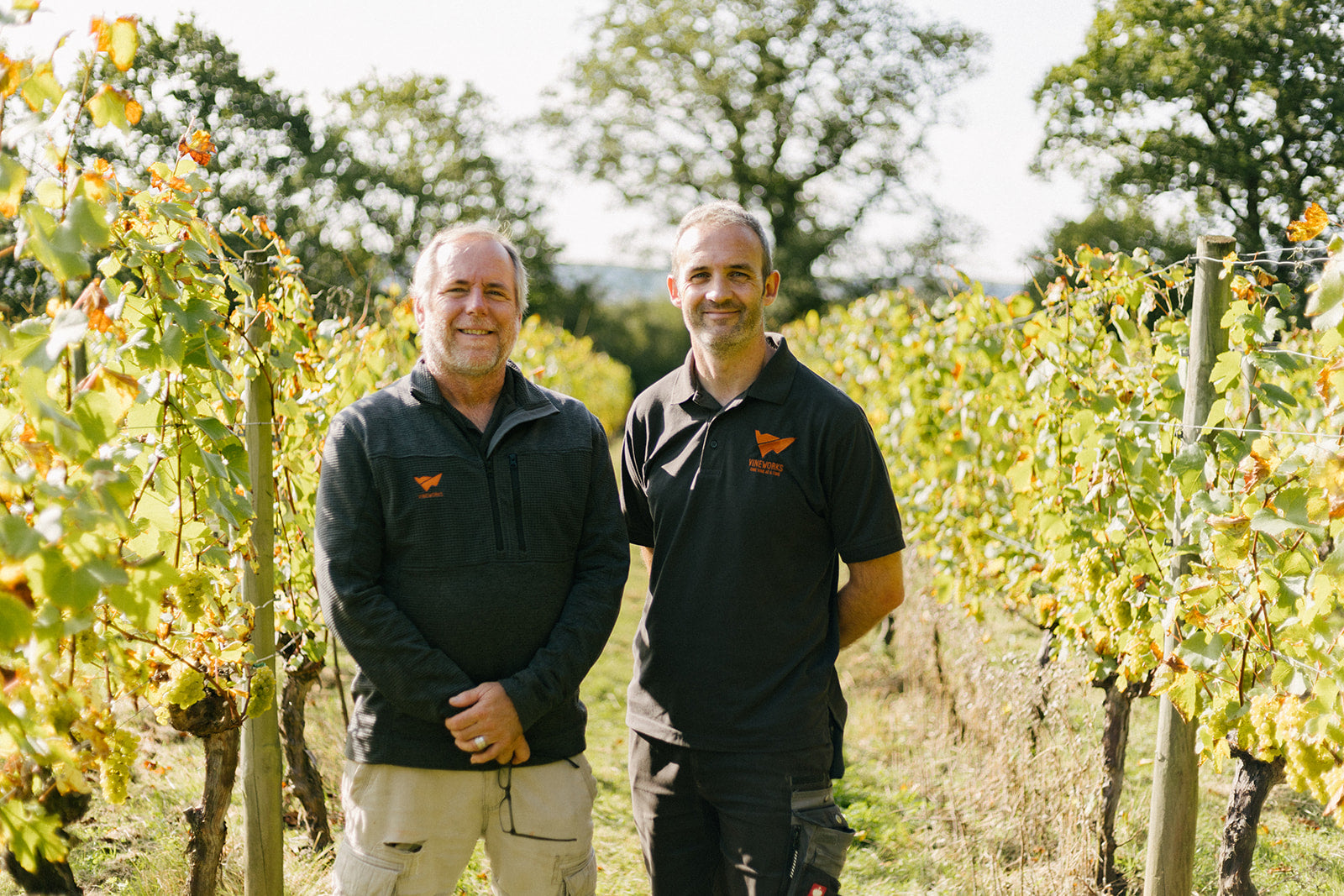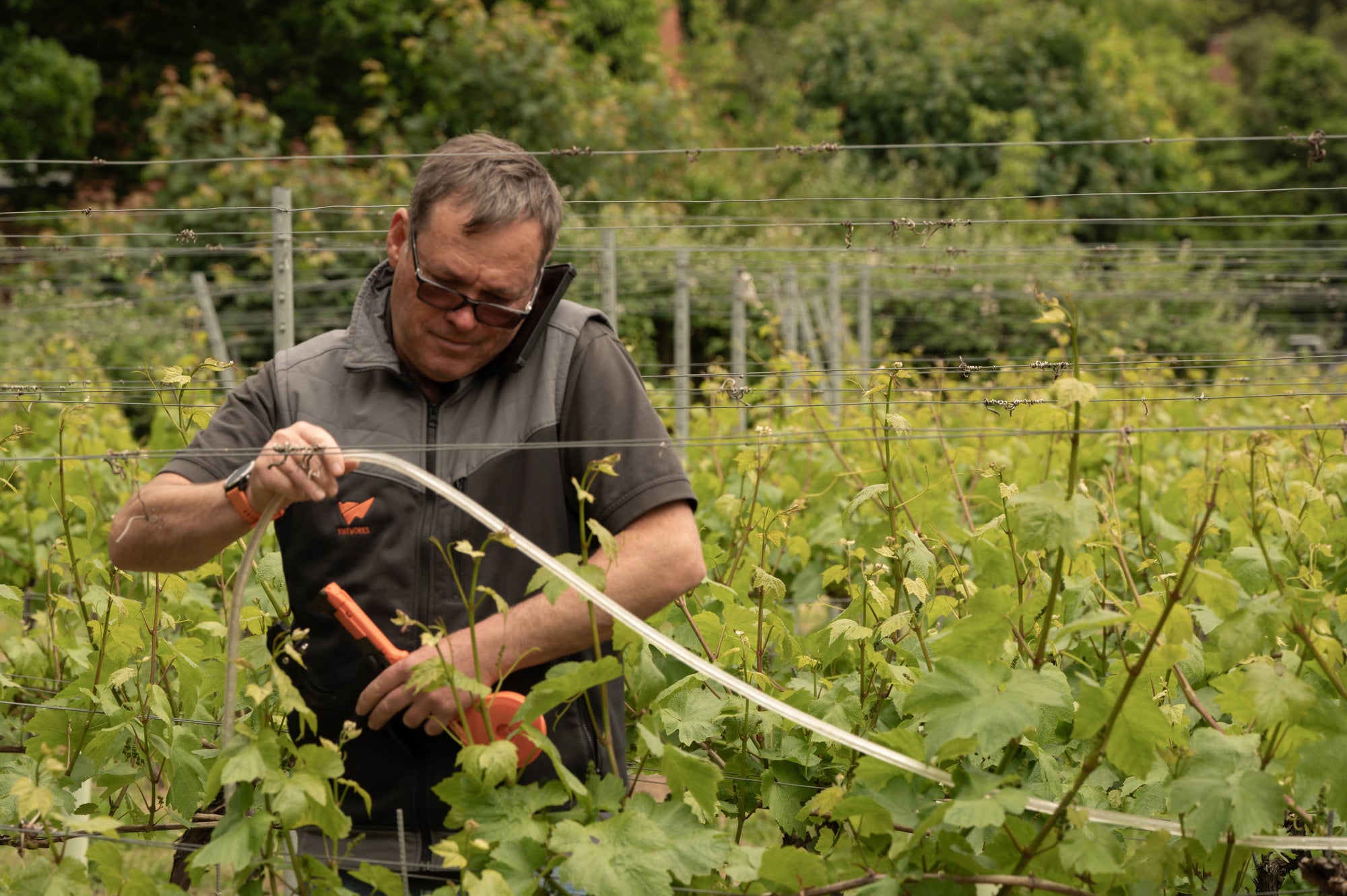

KNOW YOUR ENEMY: FUNGAL DISEASE
Fungal disease remains a common cause of reduced yield and profitability in wine production. Prevention is better than a cure; therefore, avoiding disease in the first place is ideal.
A comprehensive strategy is needed to prevent the initiation and spread of fungal diseases throughout a vineyard. Once a contagion has set in, the cost of remedial chemicals can be high and potential returns can be greatly diminished. Preventive measures, such as adhering to the spray intervals of a coherent fungicide programme and implementing cultural practices, should be taken to minimise the occurrence of fungal diseases. Some vineyard owners are wary of chemical interventions, and delay treating their vines until there are visual signs of an infection – often sometime just after flowering. They are then faced with using expensive systemic curative pesticides to prevent the devastation of their crop. Unfortunately, they have already created a ‘spore Wonderland’ throughout the vineyard.
It is always best to avoid diseases in the first place. Regular monitoring of the vines and recording instances of disease is crucial to acting in a timely fashion and understanding how disease starts or moves around the site. Low-impact prophylactic fungicides, such as those used more prominently by those practising biodynamic or organic viticulture, should be applied regularly from the beginning of the season to prevent potential fungal emergence. Generally, this works well. However, more sophisticated protection may be necessary when the vines reach their seasonal adolescence during flowering.
Cultural management also plays an understated but vital role in creating a favourable environment for a healthy vineyard with minimal fungal risk. Good bud rubbing, and crown and cane clearing can improve air circulation, reduce leaf shading of the vine, and increase the incidence of direct sun exposure to some shoots. Furthermore, balancing crop load is key for optimal production. Overloading the vines is a source of great stress that can have various consequences, including an increased risk of fungal outbreaks.
Downy mildew is a major devastator of all things green in the right weather conditions, which include temperatures over 12°C for more than 24 hours and rainfall greater than 5mm.
Primary Infection
Oospores, over winter, can survive long periods in the soil and on vine wood. As soon as the topsoil is saturated with water in the spring after a long rainy period, zoospores can move up onto the leaves in water droplets carried by the wind and then make their way into the stomata to enter the plant tissue.
Once optimal infection conditions have been reached, the clock starts ticking. Depending on the temperature, it can take anywhere from 5 to 17 days for the infection to take hold and for oil spots to become visible symptoms. A large secondary infection will likely follow when 1 or 2 oil spots are observed for every 50 metres of the canopy.
When the oil spots mature, they can sporulate and produce sporangia, leading to a potentially explosive secondary infection. These nocturnal spores don't like sunlight or dry heat over 29°C, but with high relative humidity and night time temperatures of around 24°C, the sporangia will germinate and release further zoospores. After the second incubation period, 20 oil spots can produce up to 100,000 new oil spots.
Secondary Infections
Powdery mildew (Uncinula necator) requires a green host to survive and will spend winters encapsulated as mycelium in dormant buds. The ideal temperature for powdery mildew to thrive is between 21°C and 32°C, so it generally appears later in the summer than downy mildew. The longer the thermometer remains at these temperatures, the greater the risk of an infection. This disease does not need free water or high relative humidity to infect. It requires free moisture to transform the pycnidia and grow hyphae on leaves, causing the ash-grey spore symptoms that we recognise as powdery mildew. It can grow on both the upper and lower sides of the leaf, whereas downy mildew only produces spores on the lower surface of the leaves. As the season progresses, the lesions can turn dark brown or even black if the infection is severe. The clusters of berries are initially covered with a powdery ash-grey, and then the diseased berries become scarred, split, rotten, and shrivel.
The management team at VineWorks utilise the most up-to-date disease modelling tools to use prophylactic treatments for as long as possible during the season. This is accomplished using Metos weather stations, equipped with leaf-wetness sensors, which feed into a cloud-based platform and mobile app.
Downy and powdery mildew are two of the most common fungal diseases, and their development is dependent on temperature, rainfall, and relative humidity. To manage these diseases effectively, preventive management and exemplary cultural practices must be employed in conjunction with a cohesive fungicide programme, including adhering to spray intervals. Cultural practices, such as bud rubbing, crown and cane clearing, and balancing crop load, can help maintain a harmonious vineyard and achieve desired outcomes.




